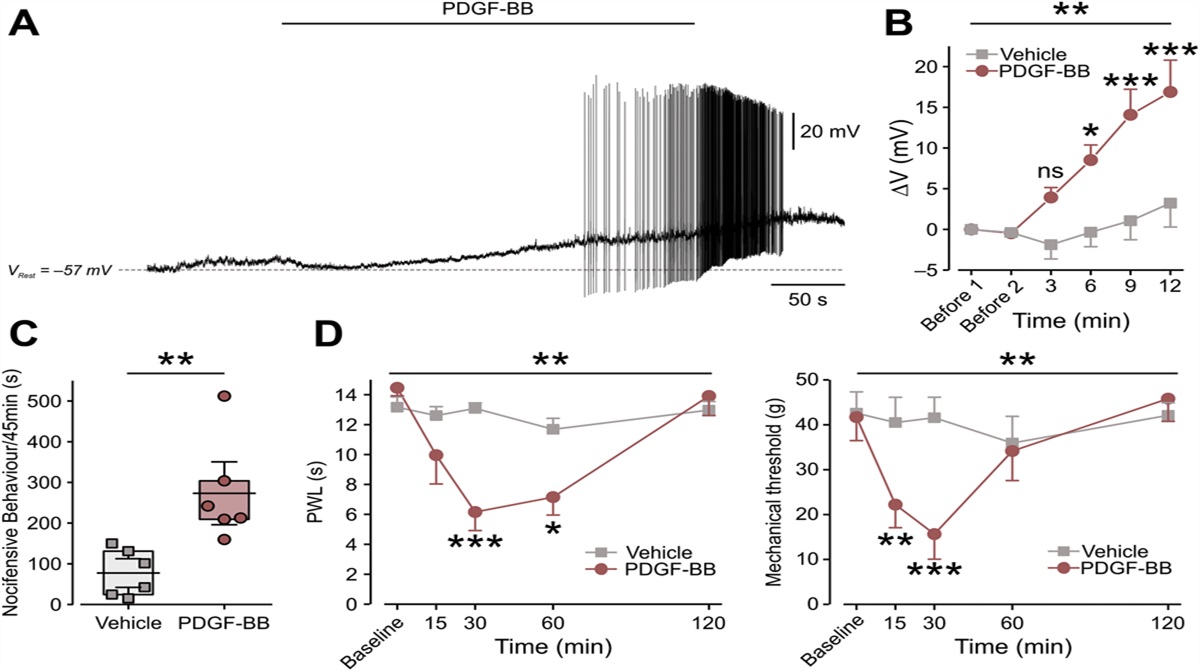Someone presented a paper about this at IOF...some have found effects, others not.
J Biol Regul Homeost Agents. 2019 Mar-Apr;33(2 Suppl. 1):21-28.
The combined use of platelet rich plasma and hyaluronic acid: prospective results for the treatment of knee osteoarthritis.
XIX CONGRESSO NAZIONALE S.I.C.O.O.P. SOCIETA' ITALIANA CHIRURGHI ORTOPEDICI DELL'OSPEDALITA' PRIVATA ACCREDITATA,
Papalia R1,
Zampogna B1,
Russo F1,
Torre G1,
De Salvatore S1,
Nobile C2,
Tirindelli MC2,
Grasso A3,
Vadalà G1,
Denaro V1.
Author information
Abstract
Osteoarthritis represents an important social economic burden with a high incidence worldwide. Conservative management of knee OA consists in several therapeutic options: pharmacologic therapy such as analgesics, non-steroid and steroid anti-inflammatory drugs, physical therapy, and injective therapy with hyaluronic acid (HA) and platelet-rich plasma injections (PRP). The aim of our study is to evaluate the effect of combined autologous PRP and HHA (Hybrid Hyaluronic Acid) viscosupplementation on clinical outcomes of patients with knee OA, by assessing the subjects before and after injective treatment. The study was conducted on 60 patients with an age between 40 and 70 years old affected by unilateral symptomatic knee osteoarthritis (stage II and III of Kellgren-Lawrence scale) nonresponsive to pharmacologic and rehab treatment. We divided the patients in two groups, and we treated the group A with injection of HHA and group B with HHA+PRP. Each patient received 3 injections at an interval of 1 week for 3 consecutive weeks. The patients were evaluated by the Knee Injury and Osteroartrhitis Outcome Score (KOOS) and Visual Analog Scale (VAS) at 3, 6 and 12 months after treatment. Statistical comparison between groups showed a significantly better result for the group B concerning the KOOS value, at 3 months and at 6 months. This difference, although clinically relevant, lost the statistical significance at 12 months. The VAS trend differently showed a significant difference at 3 and 12 months, while at 6 months the superiority of group B did not achieve statistical significance. Few studies investigated the effects of HA+PRP combined treatment for knee OA. Numerous studies demonstrated the efficacy of HA injection therapy in knee OA for a clinical point of view, reducing the pain and improving the quality of life. PRP preparations also improved functional outcome scores compared to hyaluronic acidand placebo in patients affected by knee OA.
Based on our results we can conclude that the combined PRP and HHA treatment is not only a safe and efficacious procedure which can provide functional benefit but is also significantly better than HHA injective therapy alone, as demonstrated by the comparison within our cohort.
KEYWORDS:
combined treatment; hyaluronic acid; intra-articular injection; knee osteoarthritis; platelet-rich plasma
Am J Sports Med. 2017 Feb;45(2):339-346. doi: 10.1177/0363546516665809. Epub 2016 Oct 21.
Hyaluronic Acid Versus Platelet-Rich Plasma: A Prospective, Double-Blind Randomized Controlled Trial Comparing Clinical Outcomes and Effects on Intra-articular Biology for the Treatment of Knee Osteoarthritis
Cole BJ1,2,3,4,5,
Karas V6,
Hussey K1,
Pilz K1,5,
Fortier LA7.
Author information
Erratum in
Abstract
BACKGROUND:
The use of platelet-rich plasma (PRP) for the treatment of osteoarthritis (OA) has demonstrated mixed clinical outcomes in randomized controlled trials when compared with hyaluronic acid (HA), an accepted nonsurgical treatment for symptomatic OA. Biological analysis of PRP has demonstrated an anti-inflammatory effect on the intra-articular environment.
PURPOSE:
To compare the clinical and biological effects of an intra-articular injection of PRP with those of an intra-articular injection of HA in patients with mild to moderate knee OA.
STUDY DESIGN:
Randomized controlled trial; Level of evidence, 1.
METHODS:
A total of 111 patients with symptomatic unilateral knee OA received a series of either leukocyte-poor PRP or HA injections under ultrasound guidance. Clinical data were collected before treatment and at 4 time points across a 1-year period. Synovial fluid was also collected for analysis of proinflammatory and anti-inflammatory markers before treatment and at 12 and 24 weeks after treatment. Several measures were used to assess results: (1) Western Ontario and McMaster Universities Osteoarthritis Index (WOMAC) pain subscale; (2) International Knee Documentation Committee (IKDC) subjective knee evaluation, visual analog scale (VAS) for pain, and Lysholm knee score; and (3) difference in intra-articular biochemical marker concentrations.
RESULTS:
There were 49 patients randomized to treatment with PRP and 50 randomized to treatment with HA. No difference was seen between the groups in the primary outcome measure (WOMAC pain score). In the secondary outcome measure, linear contrasts identified a significantly higher IKDC score in the PRP group compared with the HA group at 24 weeks (mean ± standard error [SE], 65.5 ± 3.6 vs 55.8 ± 3.8, respectively; P = .013) and at final follow-up (52 weeks) (57.6 ± 3.37 vs 46.6 ± 3.76, respectively; P = .003). Linear contrasts also identified a statistically lower VAS score in the PRP group versus the HA group at 24 weeks (mean ± SE, 34.6 ± 3.24 vs 48.6 ± 3.7, respectively; P = .0096) and 52 weeks (44 ± 4.6 vs 57.3 ± 3.8, respectively; P = .0039). An examination of fixed effects showed that patients with mild OA and a lower body mass index had a statistically significant improvement in outcomes. In the biochemical analysis, differences between groups approached significance for interleukin-1β (mean ± SE, 0.14 ± 0.05 pg/mL [PRP] vs 0.34 ± 0.16 pg/mL [HA]; P = .06) and tumor necrosis factor α (0.08 ± 0.01 pg/mL [PRP] vs 0.2 ± 0.18 pg/mL [HA]; P = .068) at 12-week follow-up.
CONCLUSION:
We found no difference between HA and PRP at any time point in the primary outcome measure: the patient-reported WOMAC pain score. Significant improvements were seen in other patient-reported outcome measures, with results favoring PRP over HA. Preceding a significant difference in subjective outcomes favoring PRP, there was a trend toward a decrease in 2 proinflammatory cytokines, which suggest that the anti-inflammatory properties of PRP may contribute to an improvement of symptoms. Registration: ClinicalTrials.gov (Identifier:
NCT02588872).


